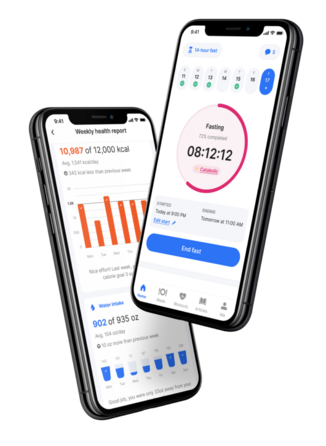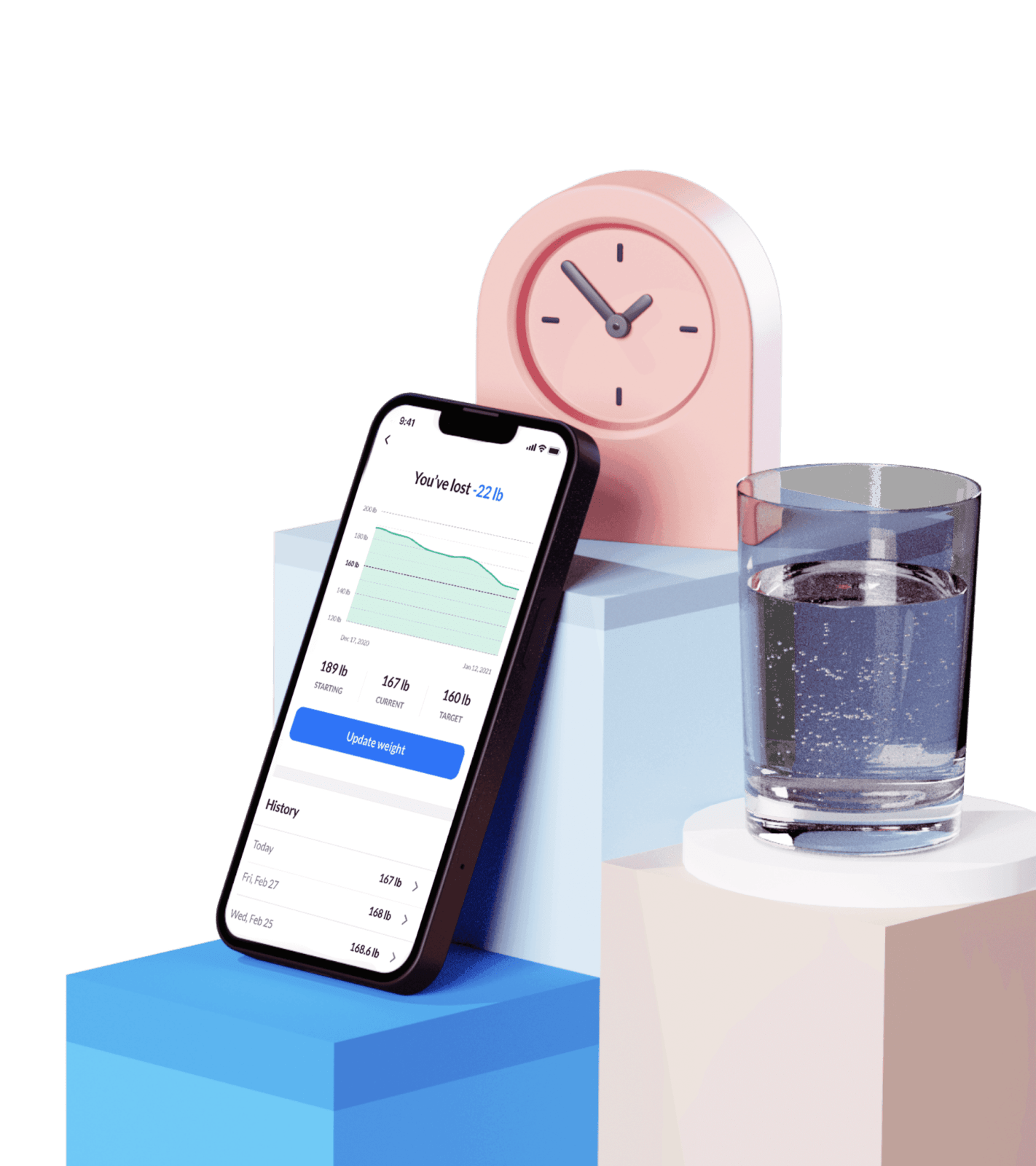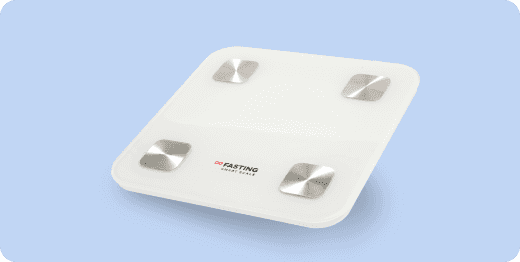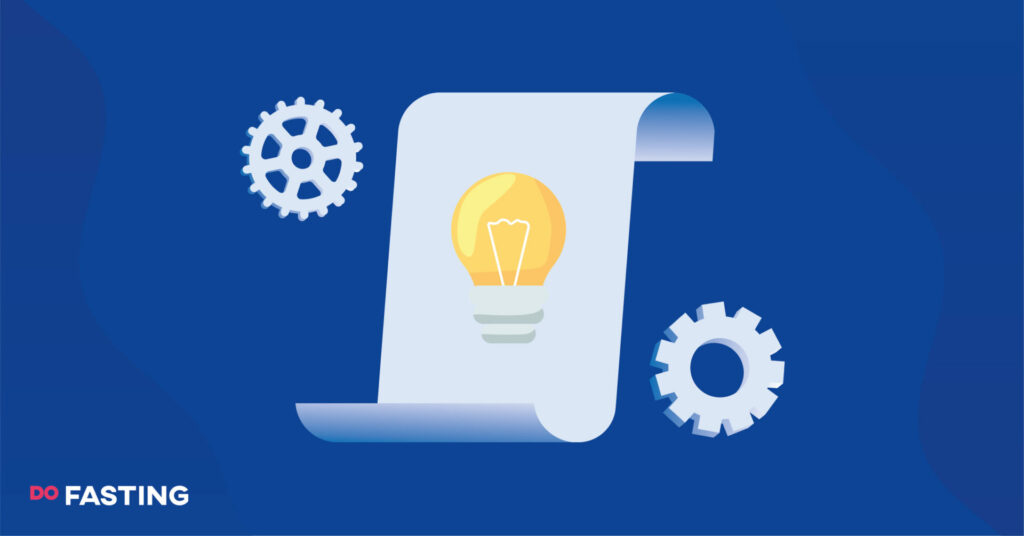Fitness blogs and forums are rife with questions about the possible benefits and drawbacks of intermittent fasting and working out. And, why not?
Intermittent fasting is at its peak of popularity and working out has always been an indispensable part of a healthy lifestyle. Sweating it out an empty stomach out does not seem like the best way to go, especially if you are looking to build muscle. After all, food is fuel for your body and exercising while you are hungry only seems to wreak havoc on your gains.
Now, let’s talk about weight loss. Fasted cardio and intermittent fasting is often considered the gold standard of rapid “healthy” weight loss. “Superman” Henry Cavill swears by the benefits of fasted cardio while “Wolverine” Hugh Jackman credits his Olympic-worthy muscles to the 16:8 diet.
Can you get your desired weight loss or muscle gain results by exercising while fasting? Are celebrities exaggerating things? Is there actual science behind the claims? We explore here.
Take a
1-minute quiz
and discover how much weight you can lose with DoFasting!

Intermittent Fasting, Types, and Benefits
Intermittent fasting (IF) is undoubtedly the hottest diet trend these days. It is an eating pattern that involves alternate “fasting” and “feeding” periods. There are several forms of IF. For example, in alternate day IF, you fast for 24 hours and eat normally the following 24 hours.
Likewise, in whole-day IF (5:2), you can take a normal diet for 5 days but only very few calories are allowed on the 2 remaining days of the week. Evidently, IF is not a fixed practice, but rather a set of practices.
Moreover, it does not talk about the foods to take during the feeding period. Learn more about the types of intermittent fasting here.
A growing body of evidence suggests that IF can aid weight loss, slow down the aging process, improve brain health, reduce inflammation, and lower the risk of chronic diseases.
Further Reading: 8 Benefits That’ll Make You Fall In Love With Intermittent Fasting
Intermittent Fasting and Working Out: Learn the Benefits and Drawbacks
Working out while doing intermittent fasting has numerous benefits. For example, studies show that exercising while fasting favorably affects your metabolism and muscle biochemistry.
Consequently, it may increase insulin sensitivity and enhance glucose metabolism. Most notably, you may be able to burn more fat if you exercise on an empty stomach. However, other studies suggest that the effect might be very small and likely to diminish over time.
When you work out while intermittent fasting, your body starts using stored glycogen and fat for energy. Because glycogen stores are mostly depleted when you do intermittent fasting, your body starts burning fat for energy. This can help you lose weight more quickly.
Nevertheless, scientists are yet to discover the long-term effects of intermittent fasting and working on weight loss. On the downside, intermittent fasting and working out can negatively affect your exercise performance.
Moreover, it may also cause muscle loss due to the breakdown of muscle protein. When you work out while fasting for longer periods, your body will likely slow down its metabolic rate to preserve energy. Eventually, slowed metabolism can interfere with weight loss.
Intermittent Fasting and Working Out: 5 Essential Tips for Better Results
Follow these tips to optimize the effects of fasting and exercise on your health.
1. Find your goal
If you have been doing intermittent fasting and you want to include an exercise regimen, you should first find your goal. The primary goals of intermittent fasting and working out can include:
- Weight loss
- Muscle gain
Losing weight comes to one simple (yet complicated) thing. Experts call it a calorie deficit. Simply put, if you want to lose weight, you will have to burn more calories than you consume. This creates an energy deficit that will eventually cause weight loss.
Following intermittent fasting and working out at the same time can cause a large calorie deficit. It can help you shed pounds faster. If you want to build muscle or maintain what you already have, you should be in a calorie surplus. A calorie surplus is a state in which you consume more calories than you burn.
Exercising while fasting has been shown to preserve muscle mass in resistance-trained men. You can maintain or even add muscle but you will have to take enough protein and healthy fats.
Take a
1-minute quiz
and discover how much weight you can lose with DoFasting!

2. Plan your exercise strategically
A strategic exercise plan has THREE components. First, the type of workout. Second, the timing of the workout. Third, the intensity of the workout. You will have to make changes in all these components if you decide to do intermittent fasting and working out.
According to experts, strength-training exercises such as weight lifting require more carbs. On the other hand, cardio exercises generally require low carbs. Thus, the choice of workout type essentially depends on your nutritional intake.
When to work out during intermittent fasting is another crucial factor in determining the results. Naturally, you would not want to lift heavy when you are struggling with hunger pangs.
Interestingly, some people may enjoy their workouts on an empty stomach. You may exercise before, during, or after the feeding period. Working out before the feeding period is ideally suited for someone who wants to burn more fat and has no performance issues associated with fasting.
Working out during and after the feeding period is best suited for those who cannot perform well on an empty stomach.
When it comes to the intensity of a workout, there is one simple rule to follow. Do low-intensity workout during the fasting window and high-intensity workout during the feeding window. This will save you from discomfort and impaired exercise performance.
3. Don’t forget your best friend “Protein”
While doing intermittent fasting and working out, it is crucial to eat enough protein. Protein helps reduce muscle loss, increases the feelings of fullness, and revs up your metabolism.
For athletes who do intermittent fasting and resistance training, the recommended daily protein intake is: Approximately 2.0–2.6 g per kg of body mass for an 80 kg athlete.
Remember, your daily protein need may be different. Consult an expert to find out how much protein you need in a day.
4. You Need Carbs, No Matter What
It is ok to eat more “healthy” fats and protein during the feeding window. However, not eating enough carbs can be very bad, especially for your muscles. When you eat more carbs, the levels of the “obesity hormone” leptin rises.
Increased leptin levels suppress appetite and stimulate metabolism. Both these can lead to greater weight loss. Most importantly, leptin may promote muscle building if you do resistance exercise.
The key to increasing your carb intake is to include more foods that contain complex carbs. These include peas, beans, whole grains, and starchy vegetables. Unlike simple carbs, complex carbs do not cause a spike in blood sugar levels. Besides, foods that contain complex carbs also contain vitamins, minerals, fiber.
5. Find the right type of Intermittent Fasting
The results of concomitant intermittent fasting and working out depends on the type of intermittent fasting. For example, doing low-intensity workouts is best suited when you do the 24-hours fasts.
On the other hand, you can consider high-intensity activities if you do 16-hour fasts or random meal skipping.
There are several types of intermittent fasting. These include the 5:2 fast, 12-hour fasts, 16-hour fasts, 20-hour fasts, 24-hour, random meal skipping, and fasting on alternate days. The choice of the type depends on your schedule, fitness goals, and unique individual needs.
Thus, it is recommended that you consult an expert to find the best fasting method. Have problems with understanding these methods? Take a QUIZ and get your personalized intermittent fasting plan!
Key Takeaways
- Intermittent fasting and working out can go hand in hand.
- Exercising while fasting may cause a rapid weight loss. However, the effect tends to decrease with time.
- Researchers are yet to find the benefits or risks of long-term intermittent fasting and working out. Thus, you should not do it for more than a few weeks in a row.
- Taking enough protein and complex carbs during fasting can prevent muscle loss and improve performance.
- Choosing the right type of intermittent fasting is crucial. You should consider consulting an expert to find out the type that best meets your requirements.
Take a
1-minute quiz
and discover how much weight you can lose with DoFasting!

See how DoFasting will improve your life
Find out what works for you with this 60-sec quiz approved by our experts and get your personal revolutionary fasting assistant.
Start the Quiz













